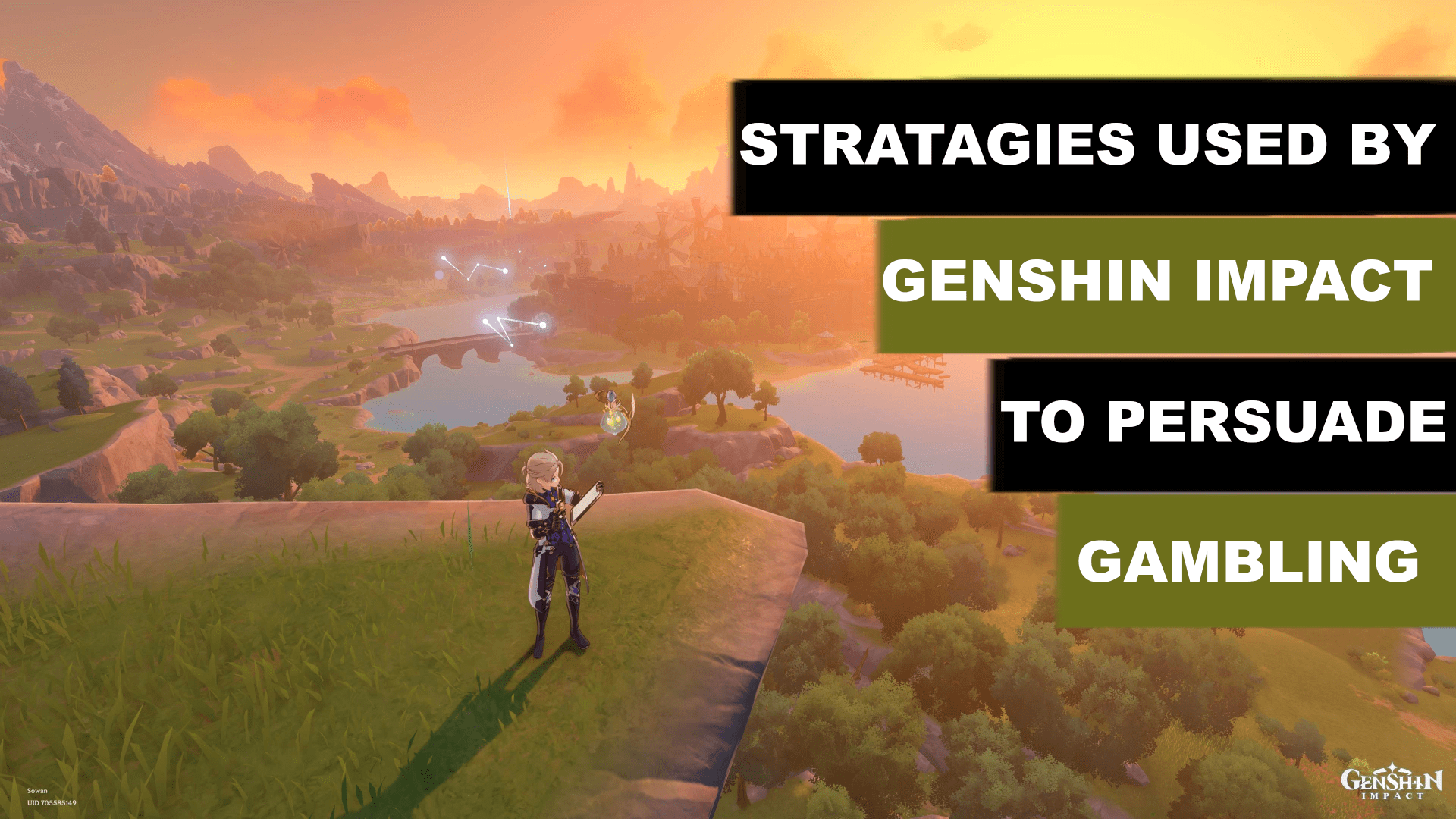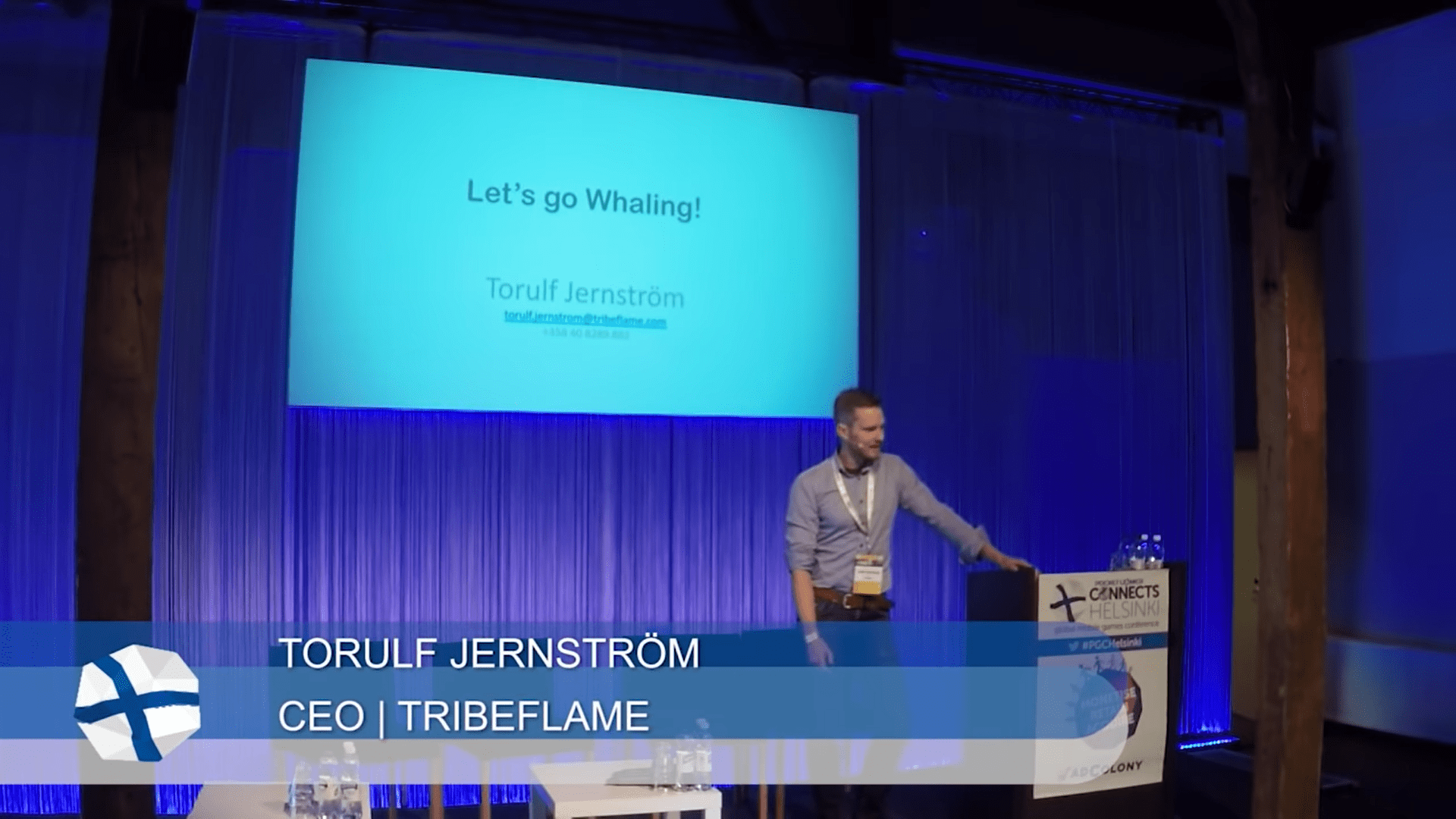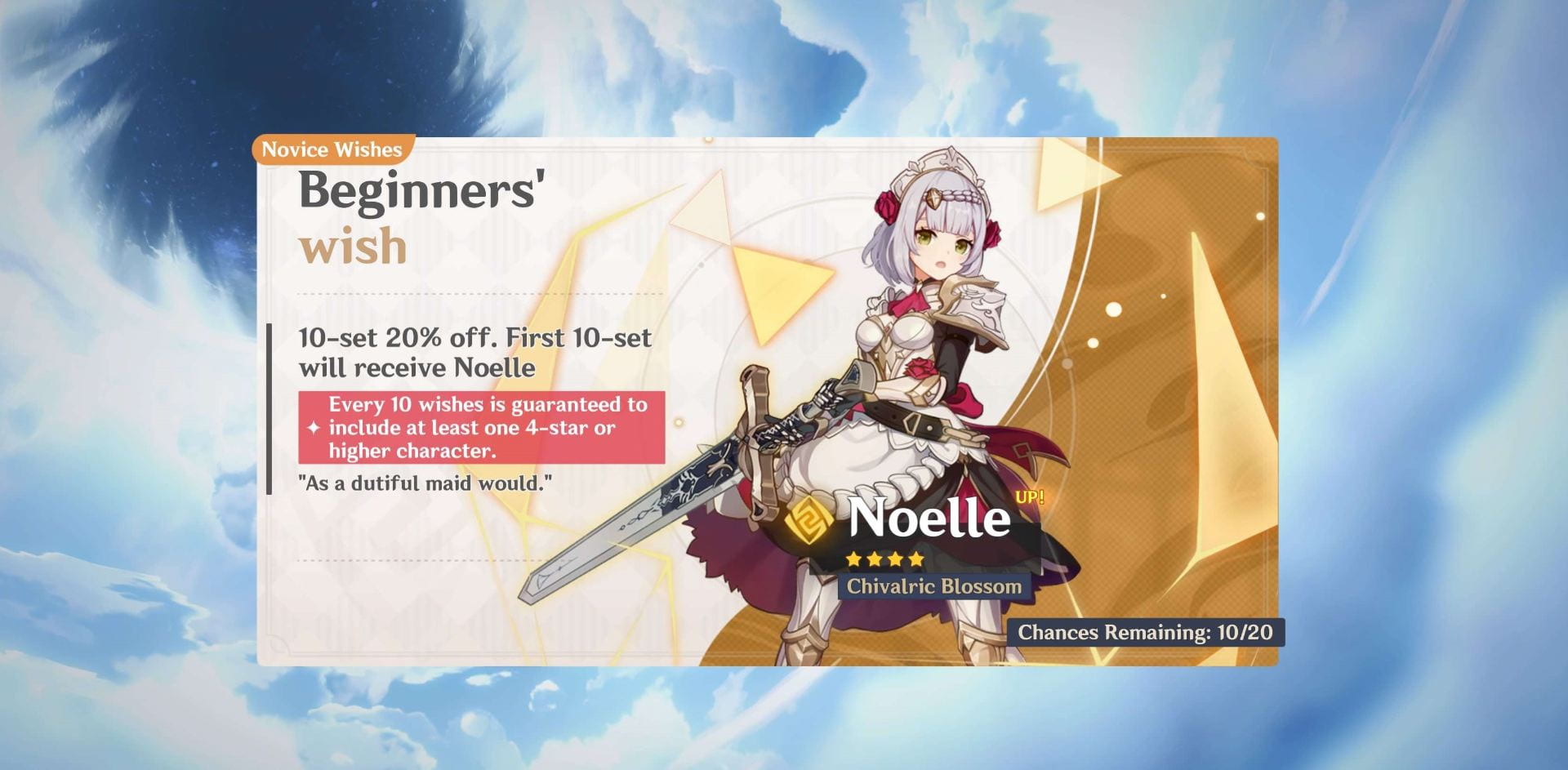
There are tons of stories out there talking about how people have spent copious amounts of money on video game gambling and whenever you do it’s easy to disregard it as a lack of self-control. When you look at these problems with an outside perspective its easy to say that “it wouldn’t happen to me” and to victim blame. However, it is important to recognise the psychology behind why consumers will spend money and the practises video game companies go through to manipulate us into doing so.
Genshin Impact (created by Mihoyo) is a Gacha game, a popular type of video game with lots of gambling aspects to gain money. Considering that some these games are rated a 12, along with the fact 92% of children play games and 40% of these are already are opening loot boxes. There is potential to being vulnerable to the hostile microtransactions of this genre. Genshin Impact in its first year made $2 billion yet is free to play, so where did that money come from?
How Mihoyo focus down Whales
Now when we mention whales, obviously we do not mean the underwater mammal. Instead, we are talking about the heavy spenders, in this case the top 2%. The term itself originating from casinos and gambling that has been adapted by the video game industry. This top 2% of spenders also equal about a third of revenue so they’re a big deal for game companies.

I’ll leave the morality out of the talk; we can discuss it later if we have time – Tribeflame CEO
Let’s go whaling is a presentation done by the CEO of Tribeflame that goes over strategies to break down the walls of consumers and to turn them into high spenders. Genshin Impact is a very popular free to play game that follows practically every detail mentioned in the video.
“Hook, Habit, Hobby” – How Genshin Impact’s core gameplay loop makes you RETURN
Hook, Habit, Hobby is a method mentioned in the presentation on Whaling. It is a strategy to get consumers playing their videogame commonly enough to transform it into a part of their lives and identity. Becoming a loyal fan and least likely to drop it due to the sunk cost fallacy – the idea that people will continue something due to the amount of time they have committed towards it.
The Hook is Genshin’s novice wish banner, a banner available at the start of the game to beginner players that promises a 20% discount with the games “wishes” (this games premium currency). At the start of the game as well you get an abundance of wishes that steadily decrease as you play more. This is all designed to, as the method says, hook you in and normalise the gambling.

The habit is to make players turn their game into a daily part of player’s lives. Genshin Impact achieves this through its limited playtime as well as the four daily missions you can do to gain premium currency. The day-to-day grind is limited through the “resin system”, whenever you play the game, it reduces your amount of “resin” and when you run out you are no longer allowed to do certain activities and have to wait a day for them to refresh. This in concept becomes the game’s core gameplay loop and has the player returning every day.
Finally, the hobby, now that game developers have consumers returning to the game every day eventually it becomes a part of their identity as well as a main hobby. This is where an “unlimited upper spend” is also introduced, which is where paying can never cap out and there is always more to buy. In the scenario of Genshin Impact, its more of this premium currency you can use to gamble for more characters. You’re also never discredited to stop gambling even after getting the reward you wanted as every time you get a character you already have they become stronger, adding to this “unlimited upper spend”.
Banner times, deals and rewards for gambling – how Genshin Impact persuades you to finally spend
There are key motivations to gambling in videogames as discovered by the Universities of Plymouth and Wolverhampton in their collaborative research ‘Lifting the lid of Loot boxes’. Genshin Impact rewards are characters with different playstyles and weapons to make them stronger, both of these fall into the key motivations to make people spend. This includes cosmetic reasons as a character may look a way they like or gameplay reasons due the different playstyles.
These load outs from the loot box were affecting the gameplay, giving me new weapons, making my characters more stronger, and that made it a lot more fun – a quote from an interviewee in the research
Genshin Impact utilises first time offers in their shop when purchasing the premium currency. Once a player has made one purchase it requires less persuasion to have them purchase again. Let’s go whaling also suggests that high spenders take longer time to “convert” than lower spenders so things like this are very important in monetisation.
The presentation also goes over scarcity, and how when you place a time limit people feel stressed and pushed to purchase. In Genshin Impact all “banners” which you gamble on have time limits that give different rewards – and most importantly – you never know when these rewards will be available again. A popular example of this is when Genshin had a character that was unavailable for 500 days, this is more on the extreme side, but it just goes to show how scarce these rewards are.
